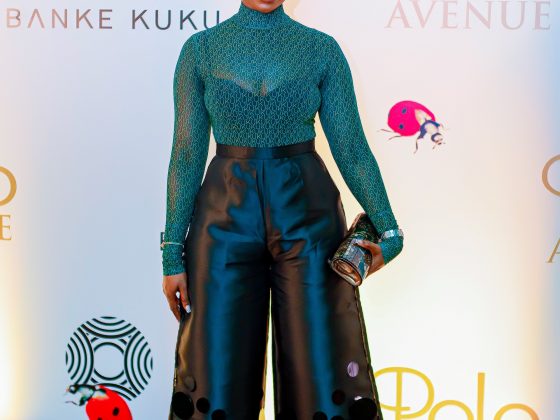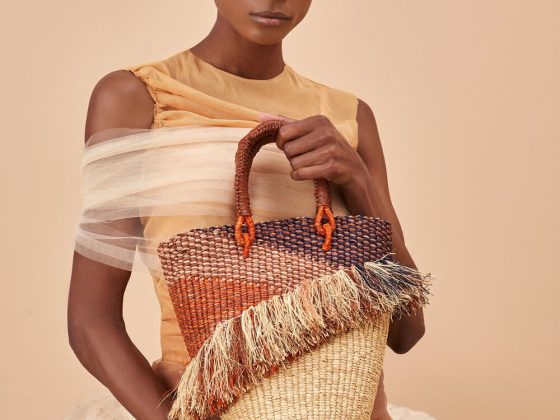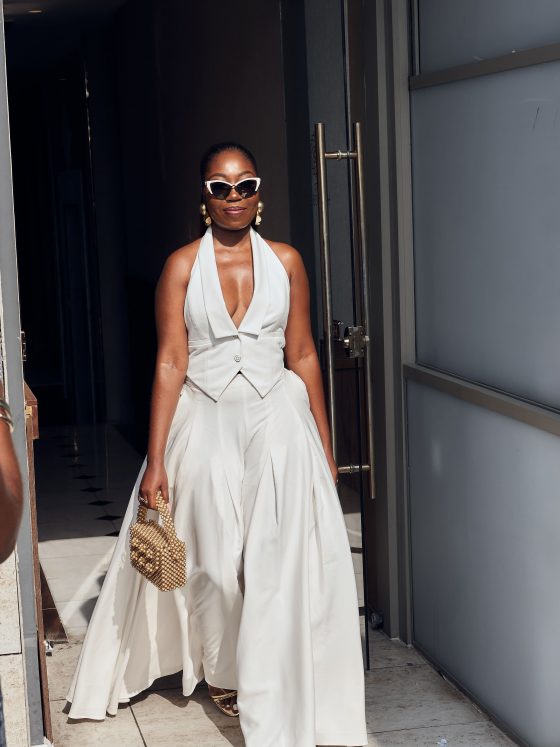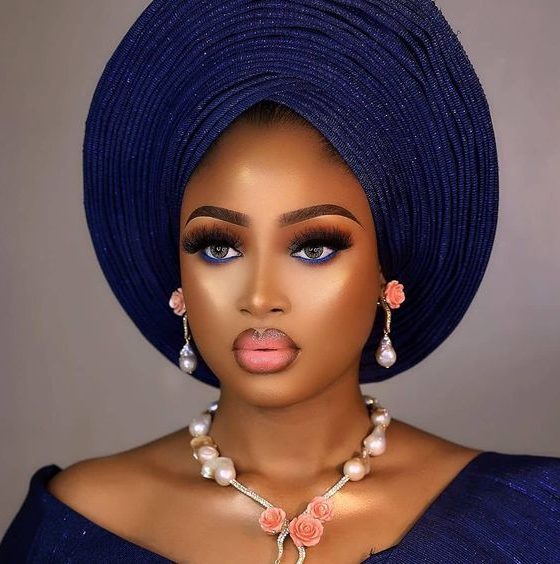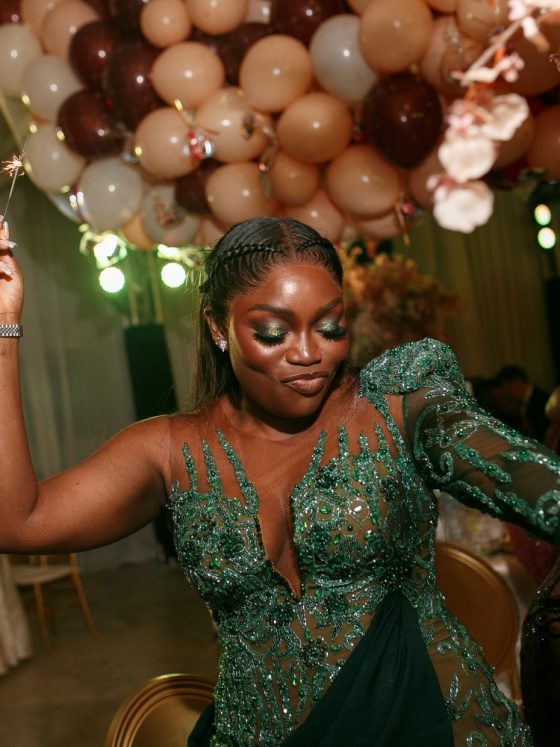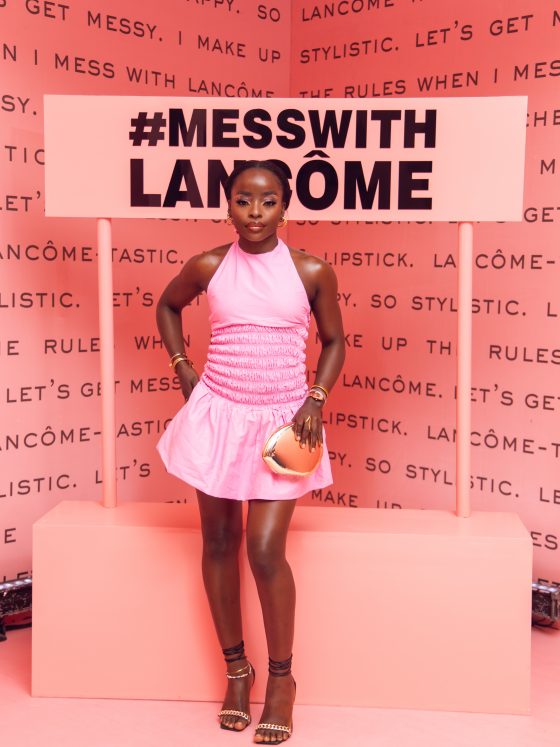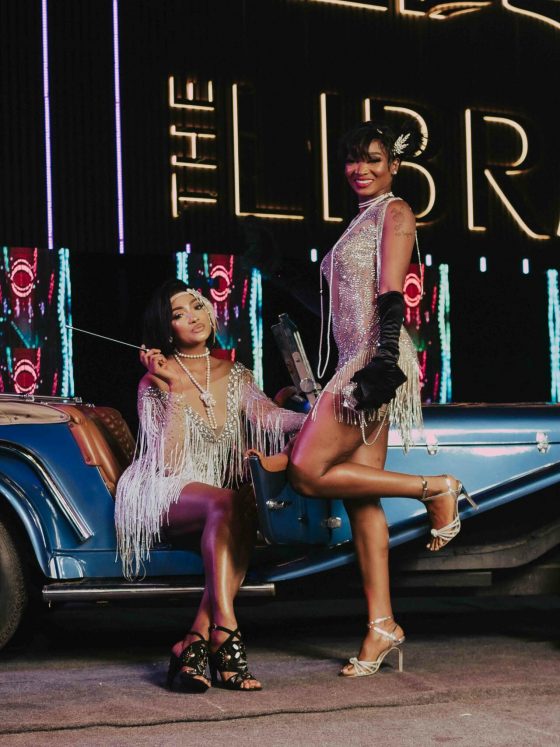We’ve all been there—staring into a closet packed with clothes and still feeling like there’s nothing to wear. It’s a dilemma that frustrates even the most stylish among us. The truth is, your wardrobe might not be as complete as it seems. Identifying the gaps in your wardrobe is the first step to curating a collection of pieces that truly work for you. So, let’s break down how you can spot those missing essentials and fill them in with style.
Start with an Audit: What’s in Your Closet?
Before you can identify what’s missing, you need to know what you already have. Begin by taking everything out of your closet—yes, everything. Lay it all out on your bed or a clean surface where you can see each item clearly. This process might seem overwhelming, but trust me, it’s worth it.
As you go through each piece, ask yourself these questions:

When was the last time I wore this? If it’s been more than a year and it’s not a seasonal item, it might be time to let it go.
Does it still fit and suit my current style? Our tastes and body shape change over time. What worked for you five years ago might not serve you today.
Is it versatile? Can you wear this item in multiple ways, or is it a one-hit-wonder that only goes with one specific outfit?
By the end of this audit, you should have a clearer picture of what you actually wear versus what’s just taking up space.
The Art of Mixing and Matching
Once you’ve purged the unworn and unloved items, it’s time to assess what you have left. Look at your wardrobe as a whole—are there items that would work together if only you had the right pair of shoes, a versatile jacket, or a basic tee?
The key to a well-rounded wardrobe is having pieces that can be mixed and matched effortlessly. Take note if you find yourself thinking, “This would go great with a black turtleneck” or “If only I had a pair of neutral heels.” These thoughts are clues to the gaps in your wardrobe.
Consider Your Lifestyle
Your wardrobe should be a reflection of your daily life. If you spend most of your time in a business-casual environment but your closet is full of party dresses, there’s a disconnect. Think about how you spend your week and the types of clothing that would serve you best.
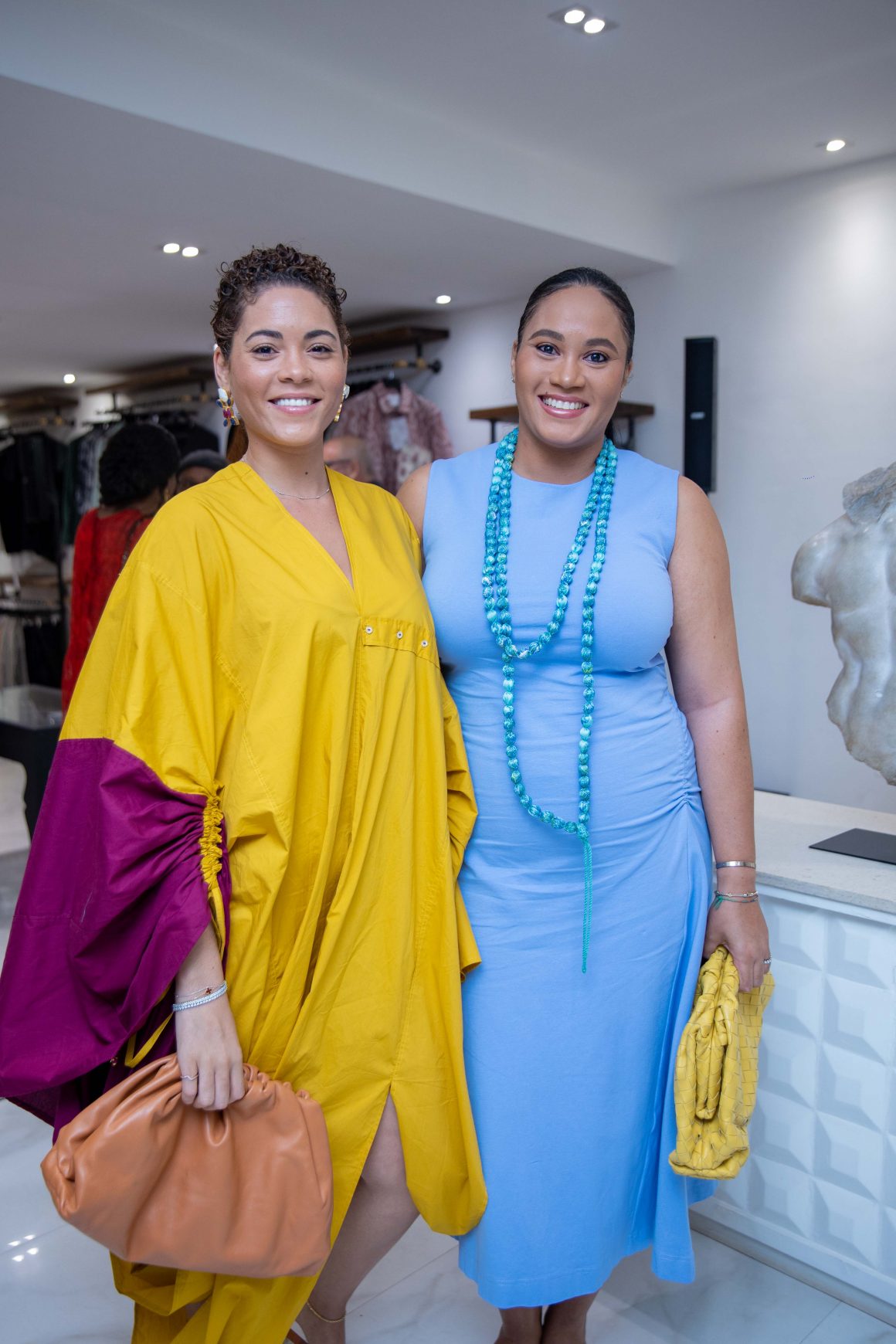
Ask yourself:
What do I wear most often? If your go-to is jeans and a blazer, ensure you have multiple options that fit this formula.
What do I need for special occasions? Even if they’re rare, it’s essential to have a few key pieces, like a little black dress or a sharp suit, that you can pull out when needed.
Am I prepared for all seasons? It’s easy to forget about those transitional pieces that work for spring and fall, but they’re crucial for a well-rounded wardrobe.
The Basics: Don’t Overlook Them
Basics are the building blocks of any wardrobe, yet they’re often the most overlooked. We get distracted by statement pieces and forget the importance of solid basics like a crisp white shirt, a pair of well-fitting jeans, or a simple black dress. These are the items that can be dressed up or down and paired with almost anything.
Take inventory of your basics and see where the gaps are. Do you have enough neutral tops to pair with your patterned skirts? Is your collection of work pants looking a little sparse? Filling in these gaps will make it much easier to create outfits, even on those “I have nothing to wear” days.
Identify Your Signature Pieces
Every fashionista has a few signature pieces that define their style. It could be a blazer, a pair of stand-out heels, or a bold accessory that you repeatedly reach for. These items are essential because they’re what make your wardrobe uniquely yours.
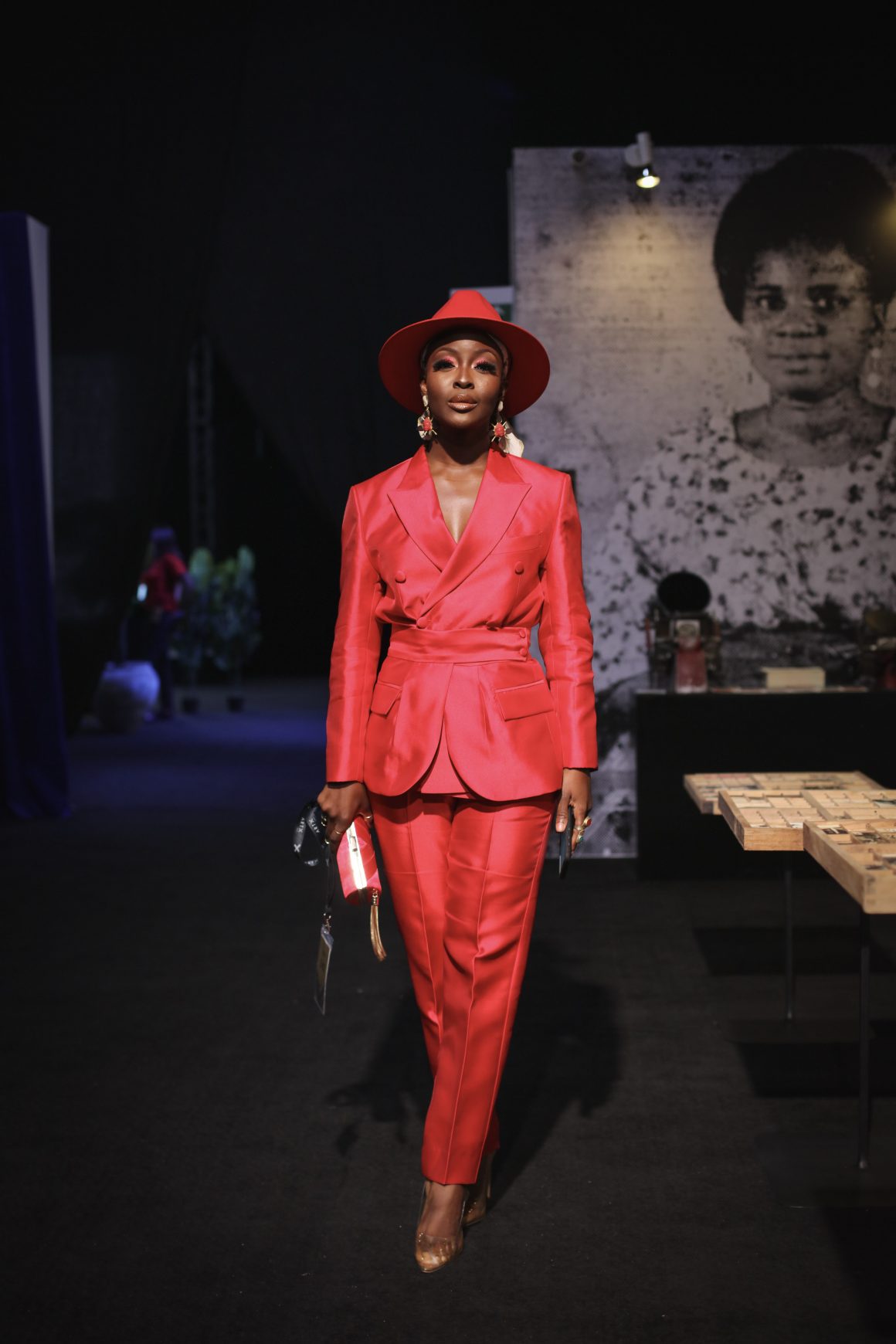
However, if you find your signature style missing, it’s time to invest in those pieces that make you feel like you. Consider what you’re drawn to and how you can incorporate more of it into your wardrobe.
Shop with Purpose
Now that you’ve identified the gaps, it’s time for the fun part—shopping! But instead of impulse buying, approach your shopping with purpose. Make a list of the items you need to fill those wardrobe gaps and stick to it. This helps you avoid unnecessary purchases and ensures that everything you buy adds value to your wardrobe.
When shopping, consider the quality and versatility of each piece. Opt for items that can be worn in multiple ways that will last through changing trends. Remember, a well-curated wardrobe isn’t about quantity; it’s about having the right pieces that work together.


